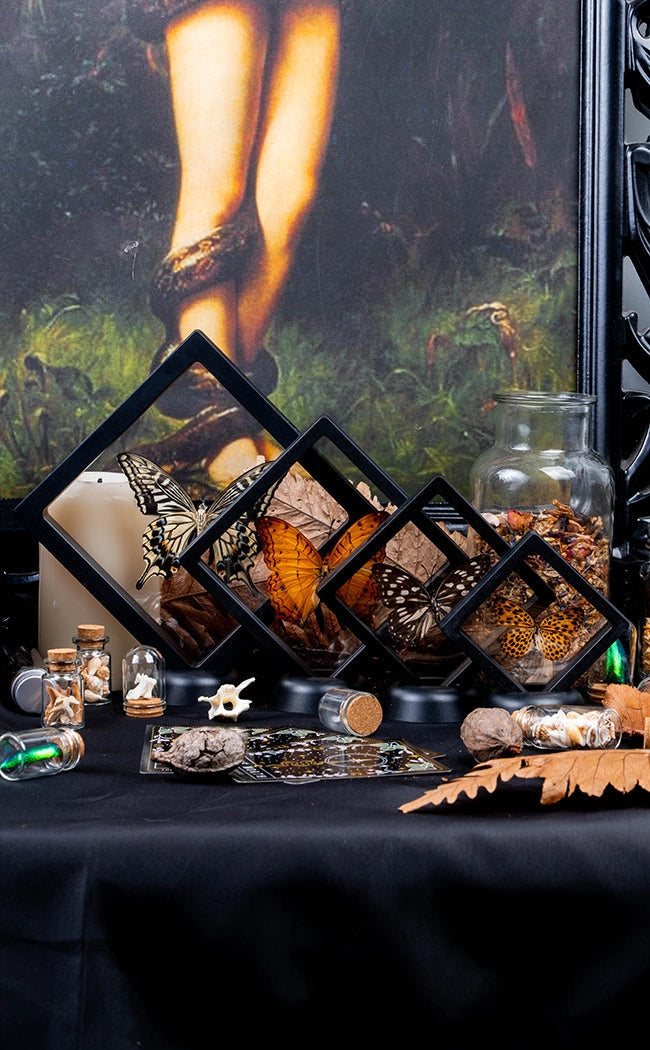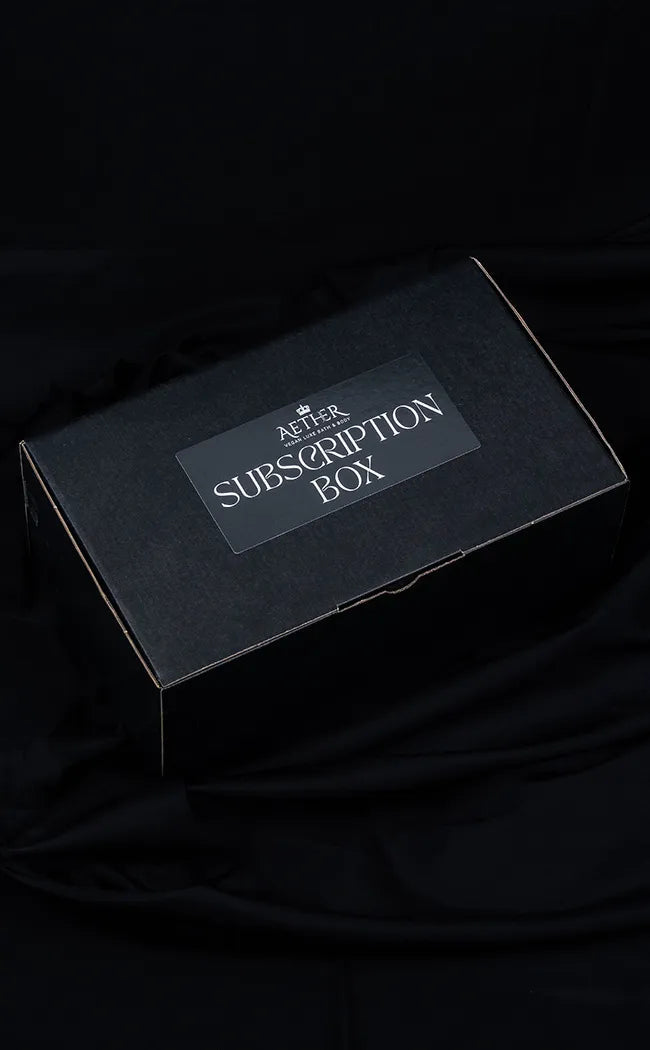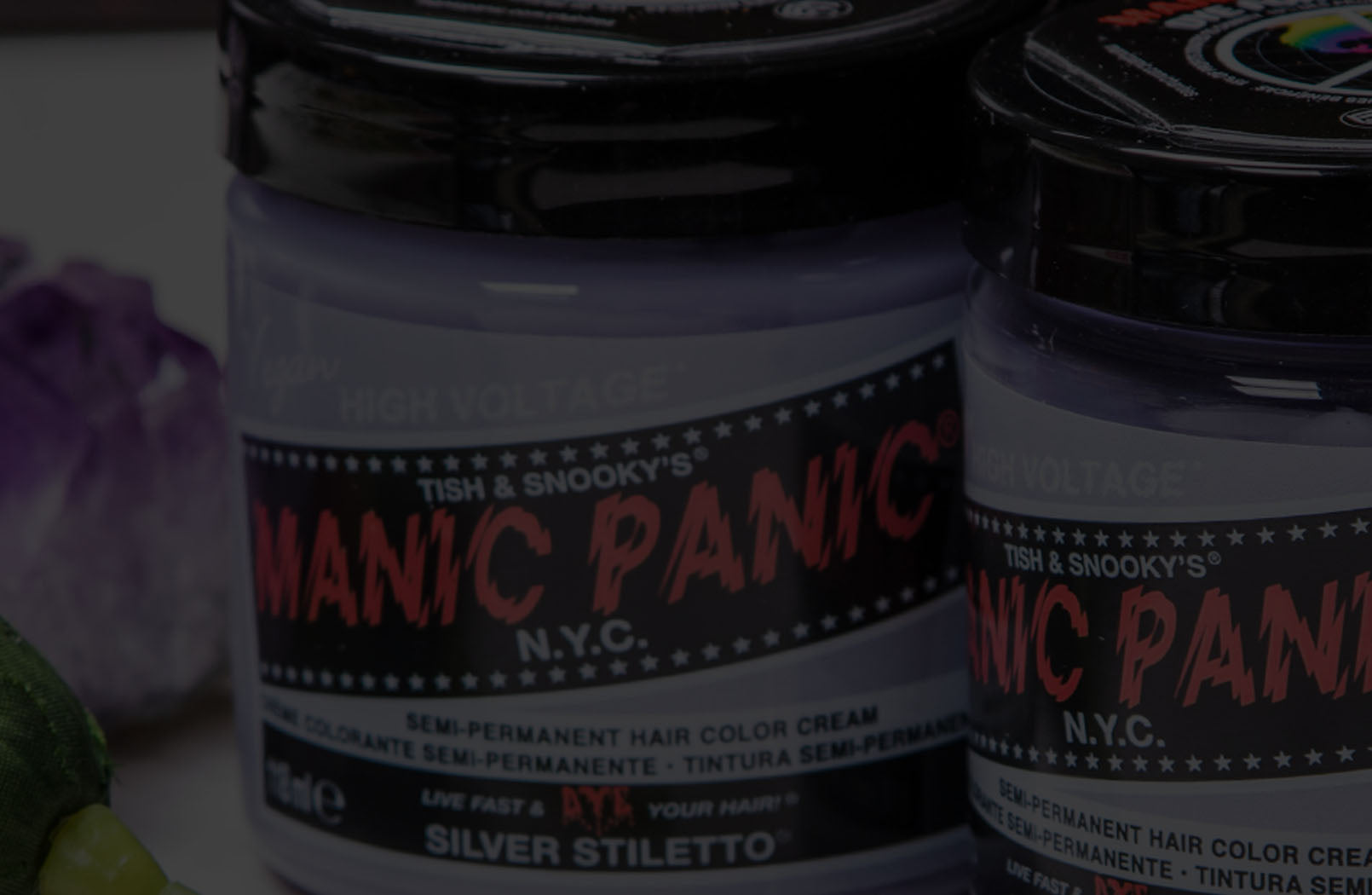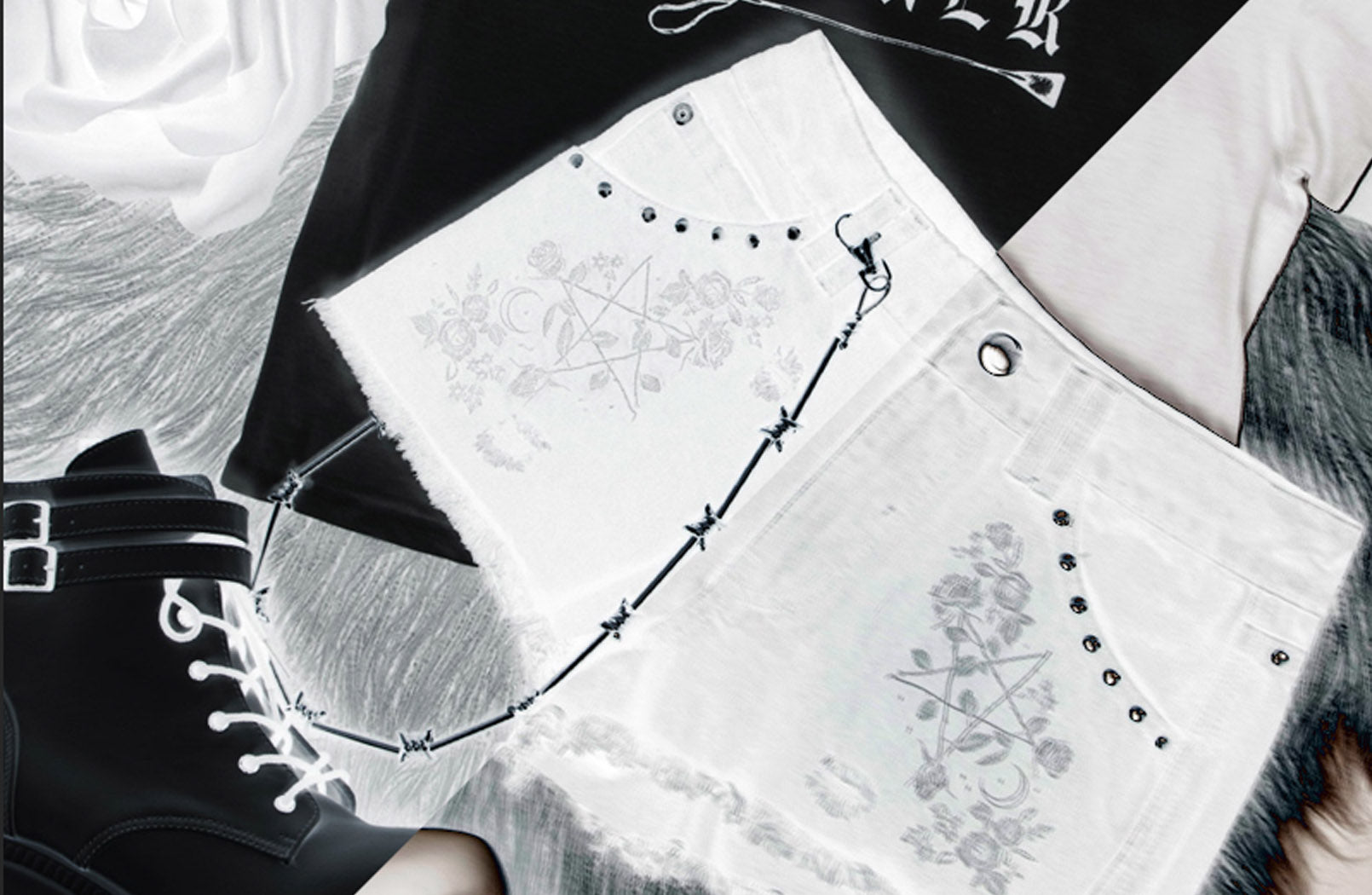How to dye your hair for best results
It's sometimes tempting to rush in and dye your hair a random colour on a whim, and that is totally fine if you are OK with unexpected results. But with a little planning and preparation, we can help you nail that style you've been coveting all this time.
Planning & preparation
Decide on a colour (or a spectrum of them)
@aimeeisweirddd with a gorgeous pastel look using Arctic Fox Girls Night
First step is the inspo. Check out our hairdye range, as the hair and swatch pics give you a good idea of how the colours turn out, and how they can blend with other colours. Also check out our insta as we share our fave customer pics & you can see how your favourite shades come out on different hair types.
@aprilinalindsay looking amazing in a range of bright shades
Be realistic about your goals in this step, because bleach-resistant hair will usually snap before it becomes white-blonde enough for light pastels or ultra violet shades.
Tips:
- Use bright construction paper to test out what colours look great with your skin tone.
- If you're worried about the outcome being too bright, stick with secondary colours, ie teal instead of blue, as these tend to be more muted.
- If you'd like help or feedback on choosing colours, join our VIP group on Facebook and ask for advice :)
- Read our bleaching guide for tips on preparing your hair for the new colour(s).
@anthonyvincenttt with a more subdued pastel blend using Manic Panic
Shopping list
If your hair is past your shoulders, you might need more than one tub of dye. The leftovers are great for touch ups, so more is always better than running out and having a patchy result.
Make sure you read all the instructions before shopping and getting started. This does seem obvious, but imagine baking a cake without going through the recipe - one minute you're happily mixing and then OH SHIT I FORGOT THE EGGS! That, but with all the stuff below.
- Hairdye
- Gloves
- Tools - plastic bowls, application brushes, combs, brushes, hair clips
- Shower cap or cling wrap
- Vaseline or a chapstick
- Aftercare products
- Stain removing wipes
- Old clothes, a smock or a garbage bag
Time to DYE
The last thing to think about before you start, is how you are going to apply the colour. A single colour is easy - just get it in there as evenly as you can. Multiple colours though can be applied in different ways - blending them into each other, half/half harlequin look, or a more messy and less structured approach of brushing on colours in 1-2 inch patches and then blending the edges where they join. Don't be afraid to experiment with 'messy' colour applications as the results are often awesome, like a galaxy effect with blues, pinks and purples, or a messy pastel rainbow effect.

Get your colours ready before you begin to avoid messing around. Add some conditioner if you want to lower the brightness a little.
Also don't be afraid to mix shades of similar colours eg blue with pink to make tertiary colours that will suit the primary and secondary colours you've purchased.

Try mixing your primary and secondary colours, and use the result to blend the edges
Tips:
- Don’t colour on pre-washed or conditioned hair unless specified-your natural oils will protect your hair and scalp from irritation.
- Wipe vaseline or your lipbalm stick around the edge of your face, on/behind your ears, and nape of your neck before you get started.
- Put your dye(s) into plastic bowls, and you can add a little conditioner to them if you want them to be slightly paler
- For all over colour, divide your hair into 4 sections-part down the middle and then across the crown of your hear from ear to ear. Do the front sections first as that is what’s most visible.
- If you want clean lines with your colours, make sure undyed hair is tightly clipped out of the way until it is ready for dye
- Blow dry bright colours while processing to increase vibrancy
- For highlights, a toothbrush or a mascara wand adds a more natural look than a salon brush. Go from the part and where sun naturally hits your hair for best results.
- For touch ups, you don’t necessarily need to do the ends. The ends of your hair are more porous and will soak up dye even if it’s just passing over while you’re rinsing!. Just do up your roots to match the ends.
- Having a second mirror behind you is super helpful when dyeing on your own-you can see what you’ve missed and ensure even coverage.
- Check over the end result and look for any missed spots. Sometimes it's impossible to see them until the rest of the dye is washed out. Tie back the rest of your hair and touch up these areas with leftover dye.

Don't be afraid to try a messy application of colours!
AFTERCARE
- When rinsing, add a bit of water before washing everything our and smoosh your hair around. This makes everything nice and even.
- Always condition or use an aftercare treatment your hair when you’re done! Protect your hair and give it some love! This helps your hair look healthy and makes the colour last longer.
- Use a sulfate free shampoo-sulfates strip colour and are just harsh on your hair in general.
- Wash your hair in cold water-not only is this good for your scalp but washes out less colour.
- When using heat tools, make sure you’re using heat protective products to make sure your colour stays vibrant for longer.
- Slather your hair in coconut oil or leave in conditioner before swimming in a pool to protect your colour from chlorine.





























































































































































































